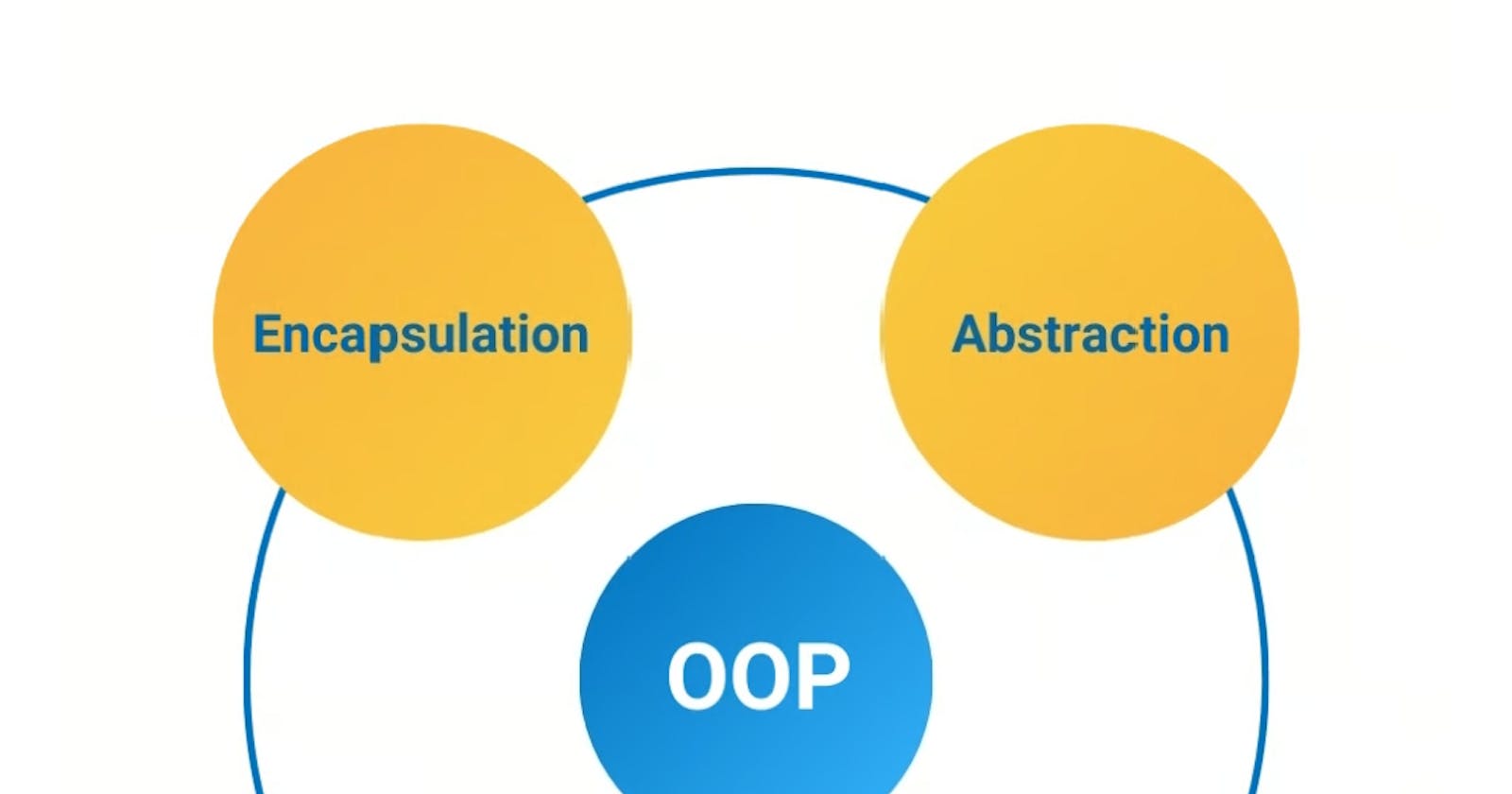OOP stands for Object-Oriented Programming. It's a programming paradigm based on the concept of "objects," which can contain data in the form of fields (attributes or properties), and code in the form of procedures (methods or functions). It allows for modularizing software by breaking it into smaller, reusable pieces called objects, which interact with each other.
**Understanding Object-Oriented Programming (OOP)**
In the realm of software development, Object-Oriented Programming (OOP) stands tall as a fundamental paradigm, shaping how developers conceptualize, design, and implement their applications. OOP revolutionized the way we approach software development, offering a robust framework for building complex systems that are both scalable and maintainable. Let's delve into the core concepts of OOP and explore its significance in modern programming.
**Objects: The Building Blocks**
At the heart of OOP lie objects. An object is a self-contained entity that combines data (attributes or properties) and behaviors (methods or functions) into a single unit. Think of objects as real-world entities – they have characteristics (data) and actions (behaviors) that define their behavior. For example, in a banking application, an object representing a bank account would encapsulate data such as the account holder's name, balance, and account number, along with behaviors like depositing funds, withdrawing money, and checking the balance.
**Encapsulation: Bundling Data and Behavior**
Encapsulation is a key principle in OOP that emphasizes bundling data and methods that operate on that data within a single unit – the object. This ensures that the object's internal state is accessible only through well-defined interfaces, shielding it from unauthorized access or modification. Encapsulation promotes modularity, allowing developers to isolate different components of a system and modify them independently, without affecting other parts of the codebase. It also enhances code readability and maintainability by hiding implementation details and exposing only essential functionality.
**Inheritance: Building Upon Existing Structures**
Inheritance enables the creation of new classes (types) that inherit attributes and behaviors from existing classes, fostering code reuse and promoting the DRY (Don't Repeat Yourself) principle. With inheritance, a new class (subclass or derived class) can inherit the properties and methods of an existing class (superclass or base class) and extend or modify its behavior as needed. This promotes hierarchical organization within codebases, facilitating the creation of specialized classes that share common characteristics with their parent classes. For instance, in a vehicle simulation program, classes such as Car, Truck, and Motorcycle can inherit common properties and methods from a superclass Vehicle, while also implementing their specific functionalities.
**Polymorphism: Embracing Flexibility**
Polymorphism, derived from Greek words meaning "many forms," allows objects of different types to be treated uniformly through a common interface. It enables flexibility and extensibility in software design by enabling functions or methods to behave differently based on the object they operate on. There are two forms of polymorphism: compile-time polymorphism (achieved through method overloading and operator overloading) and runtime polymorphism (achieved through method overriding and dynamic dispatch). Polymorphism promotes code reuse, simplifies code maintenance, and enhances readability by enabling developers to write generic code that can work with objects of various types without requiring explicit type checking.
**Conclusion**
Object-Oriented Programming has profoundly influenced the way software is designed, developed, and maintained. By promoting concepts such as encapsulation, inheritance, and polymorphism, OOP provides a powerful framework for building modular, scalable, and maintainable software systems. Whether you're developing a small application or a large-scale enterprise solution, understanding and applying OOP principles can significantly enhance your productivity, code quality, and overall software architecture.
